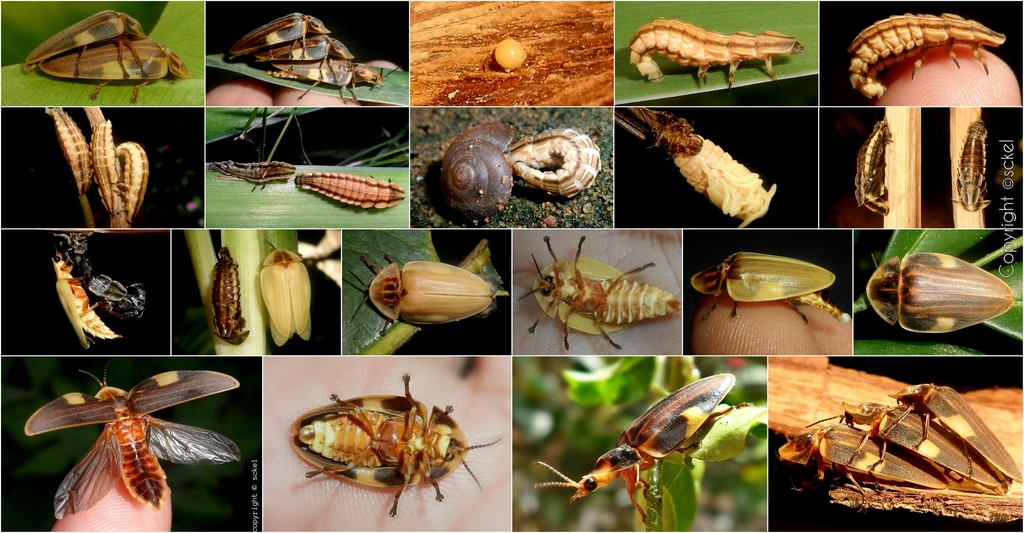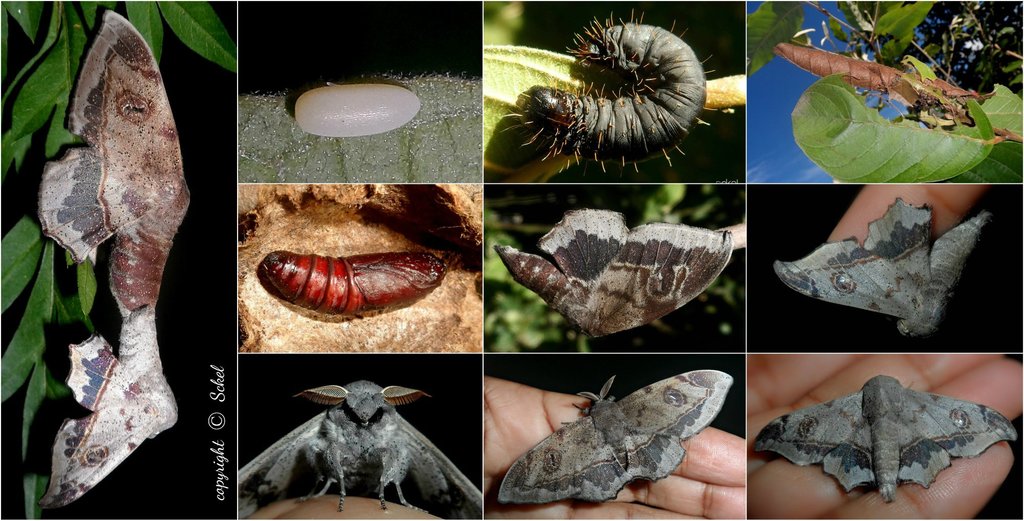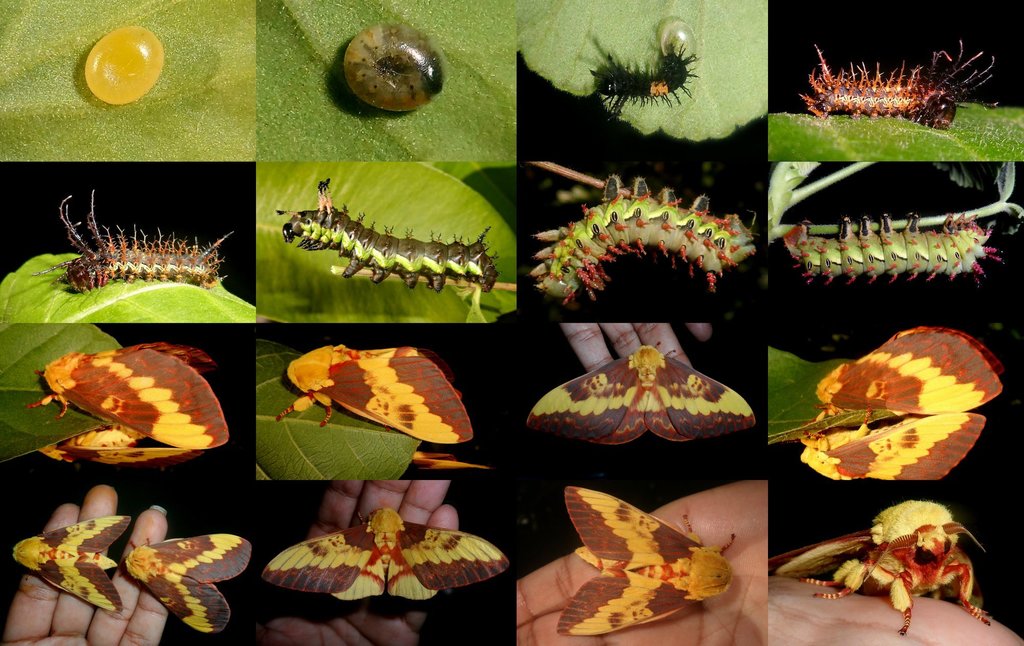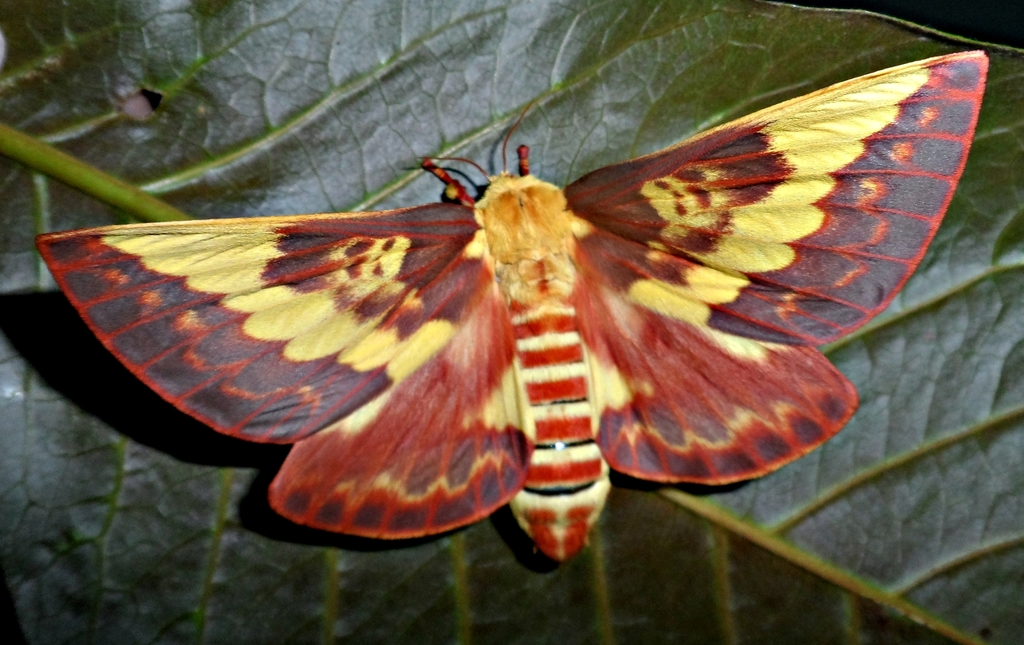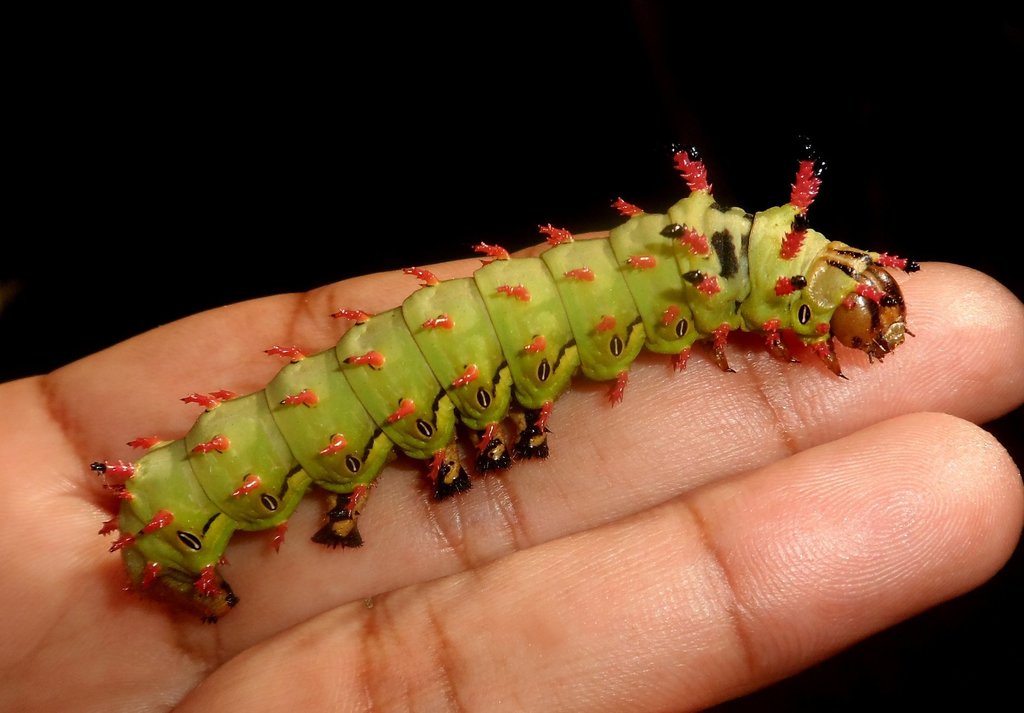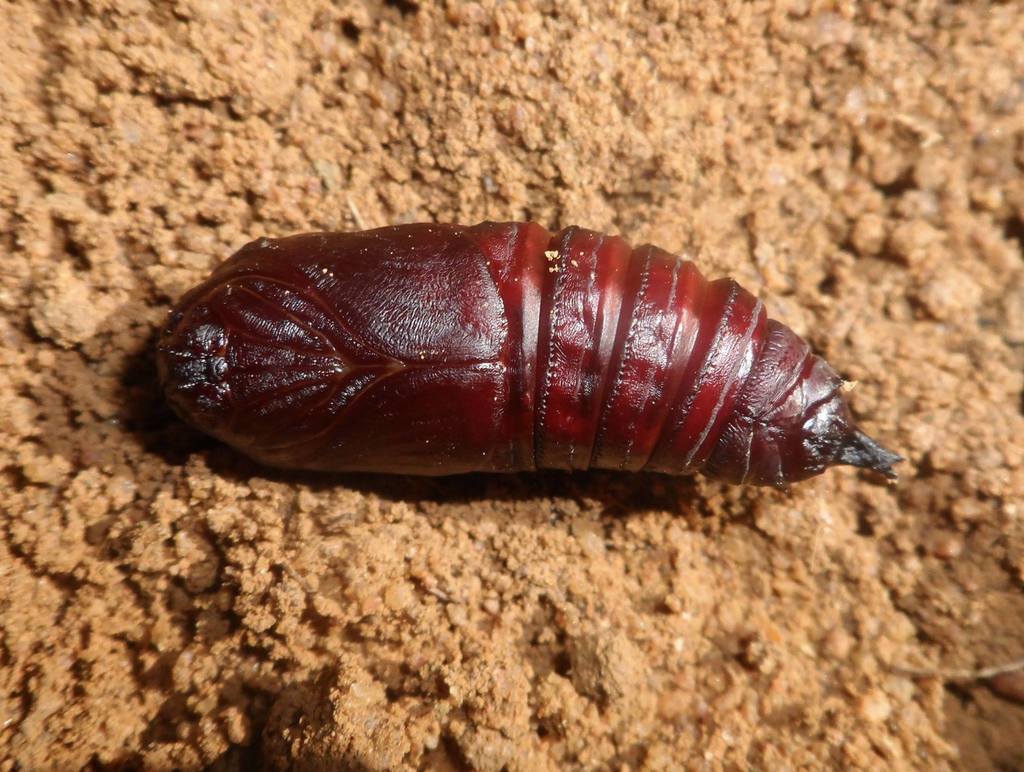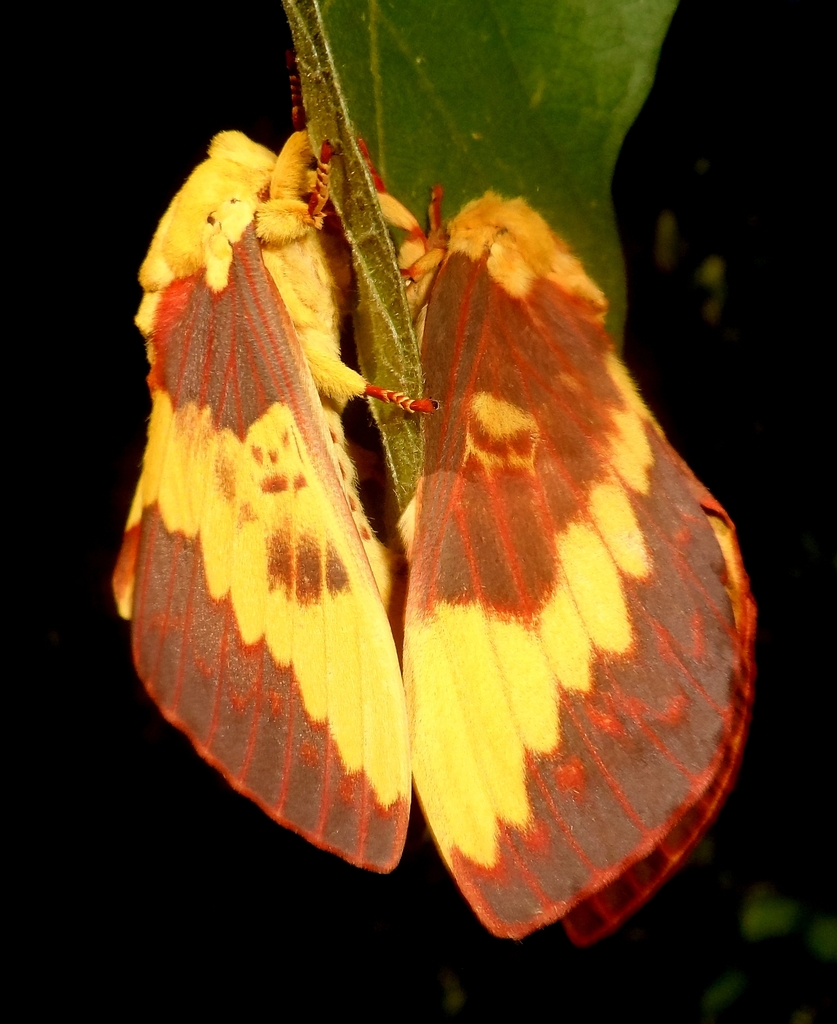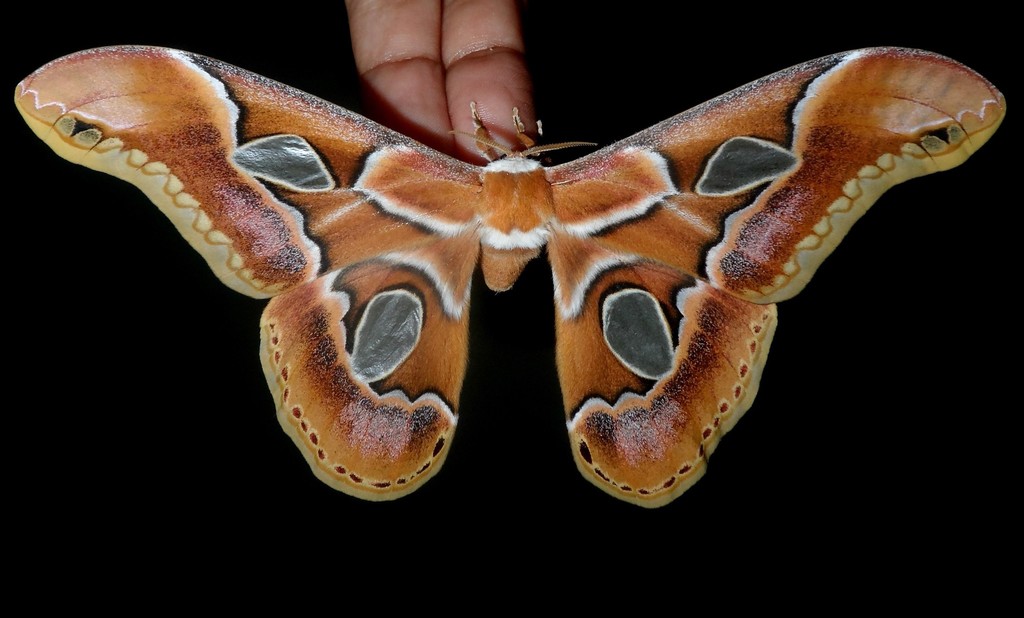Borboleta
Encontrei uma borboleta tentando se camuflar na beira da rua, no meio do lixo.
Ultimamente ando pelas ruas e estranho tudo. Estranho-me como ser humano. O calor do asfalto remendando. Os fios enrolados nos postes. O vento seco varrendo os sacos plásticos e todo tipo de sujeira nos cantos do meio-fio. As marcas humanas por todos os lados. Filhotes de pássaros caídos no chão, porque os animais não têm mais onde criar seus filhotes em paz. A borboleta pisoteada em agonia que ninguém percebeu ou quis se abaixar para pegá-la. As árvores mutiladas para não tocarem nos fios elétricos, porque a natureza não tem mais lugar. O vai e vem das pessoas, todas estranhas, todas indiferentes, todas apressadas, todas imersas em si mesmas. Tijolos, entulhos, coisas e mais coisas amontoadas. A tinta envelhecida das casas. É como se eu não pertencesse a nada disso. Mas eu não vivi outra vida, porque me sinto tão distante? O barulho dos carros me incomoda. Cheiro de fumaça. A natureza não tem mais lugar. Em 100 anos, não estarei aqui para ver se os seres humanos se voltaram dos seus erros e começaram a reconstruir a natureza, encontrando uma maneira de conviver com ela. Retomando a consciência. Ou se fomos ao limite das coisas e tornamos a Terra inabitável pela ganância. E destruímos tudo o que nos foi dado de graça, com tanto capricho, para que pudéssemos evoluir, ter a melhor vida, como uma espécie cheia de privilégios que somos, com a capacidade de escolher ser excepcionais e bons uns com os outros, em vez de deixar marcas profundas e dolorosas em tantos seres que só queriam existir, em nós mesmos.

I found a butterfly trying to camouflage itself on the side of the street, among the trash.
Lately, I've been walking the streets and I find everything strange. I find myself strange as a human being. The heat of the asphalt being repaired. The wires wrapped around the posts. The dry wind sweeping away the plastic bags and all sorts of dirt in the corners of the curb. Human marks everywhere. Baby birds fallen on the ground, because the animals no longer have anywhere to raise their young in peace. The butterfly trampled in agony that no one noticed or wanted to bend down to pick it up. The trees mutilated so as not to touch the electric wires, because nature no longer has a place. The coming and going of people, all strange, all indifferent, all in a hurry, all immersed in themselves. Bricks, rubble, things and more things piled up. The aged paint on the houses. It's as if I don't belong to any of this. But I haven't lived another life, why do I feel so apart? The noise of the cars bothers me. The smell of smoke. Nature no longer has a place. In 100 years, I won't be here to see if human beings have turned their backs on their mistakes and started rebuilding nature, finding a way to live with it. Regaining consciousness. Or if we have gone to the limit of things and made the Earth uninhabitable out of greed. And we have destroyed everything that was given to us for free, with so much care, so that we could evolve, have the best life, as a species full of privileges that we are, with the ability to choose to be exceptional and good to each other, instead of leaving deep and painful marks on so many beings who only wanted to exist, in ourselves.





























